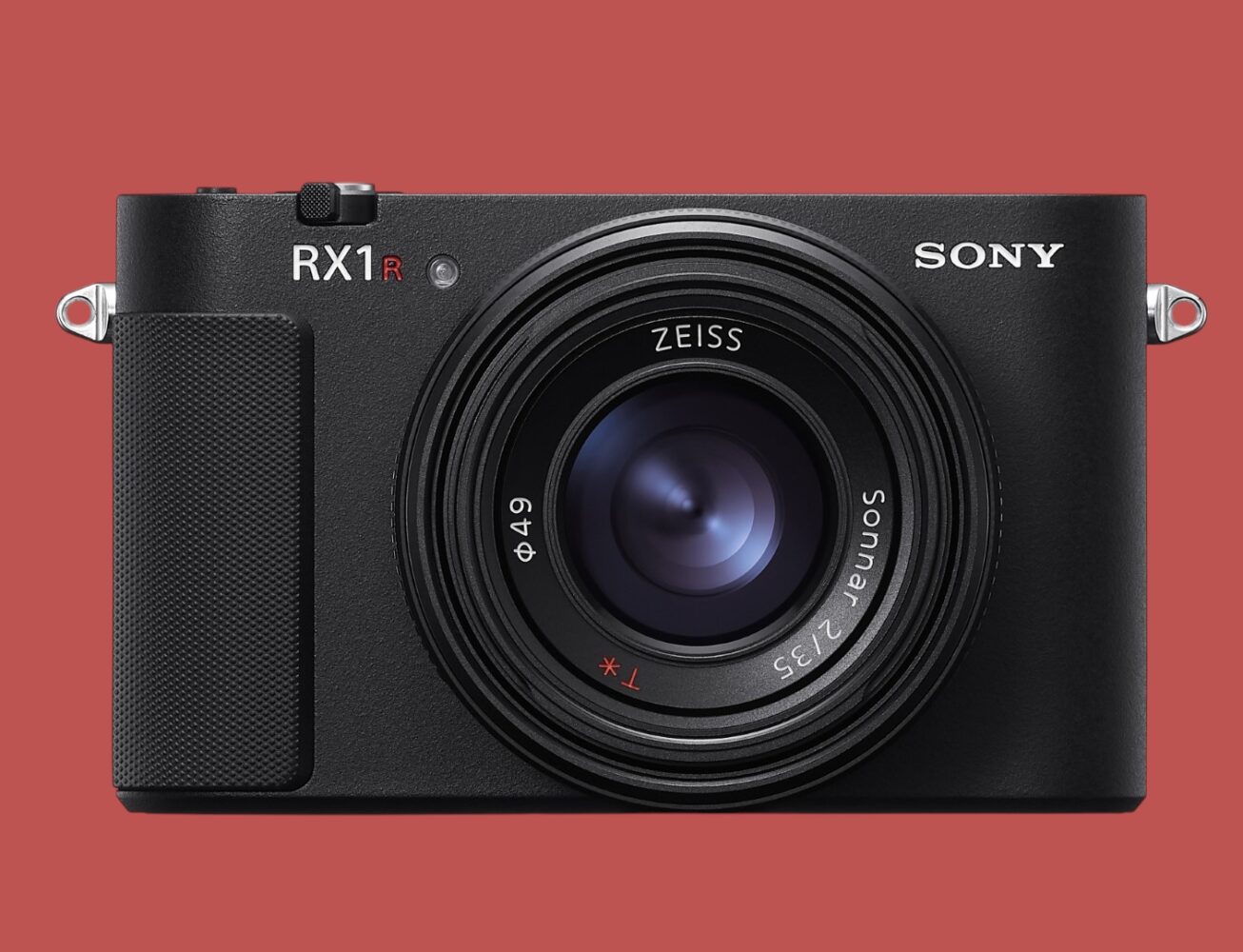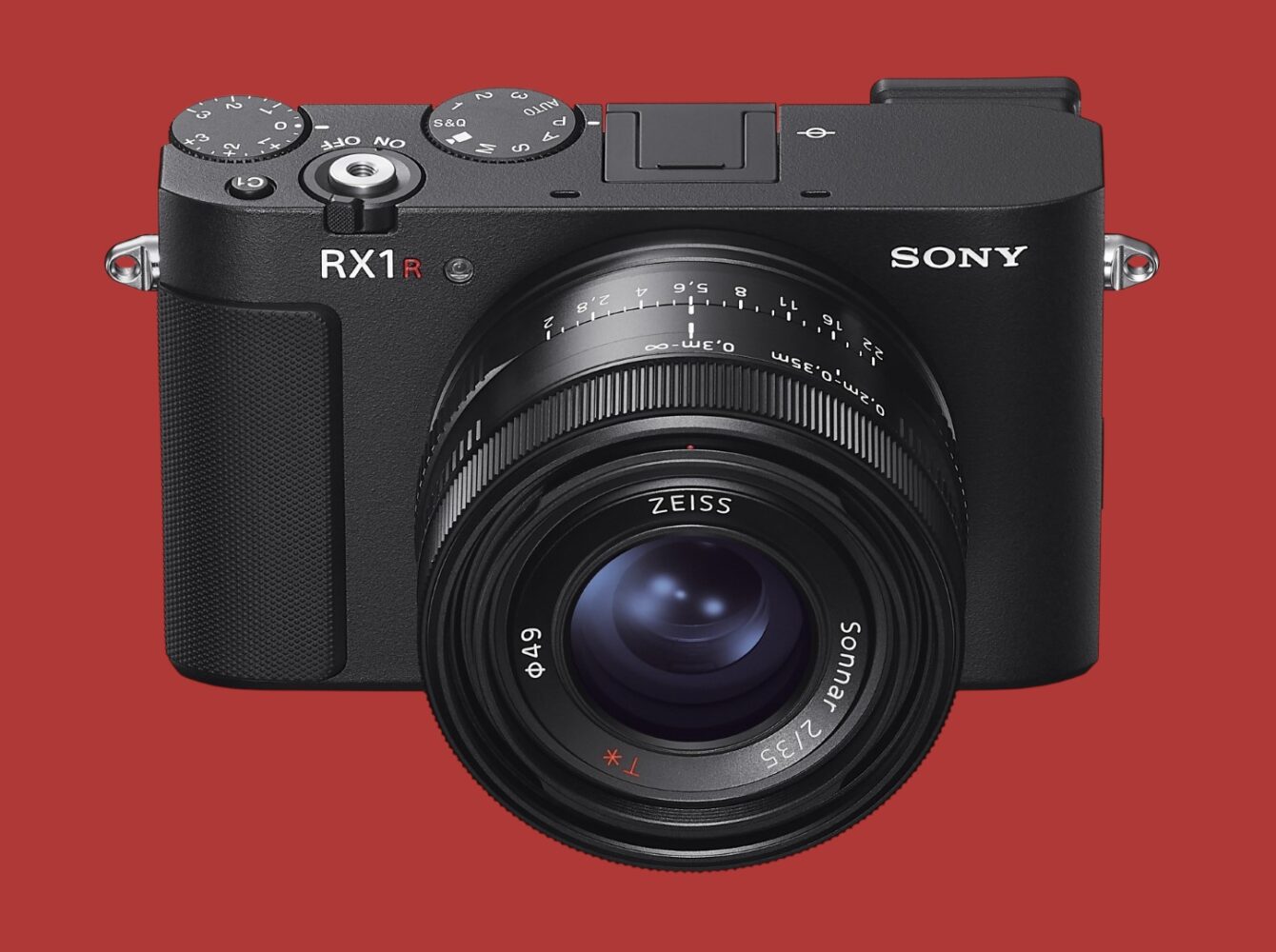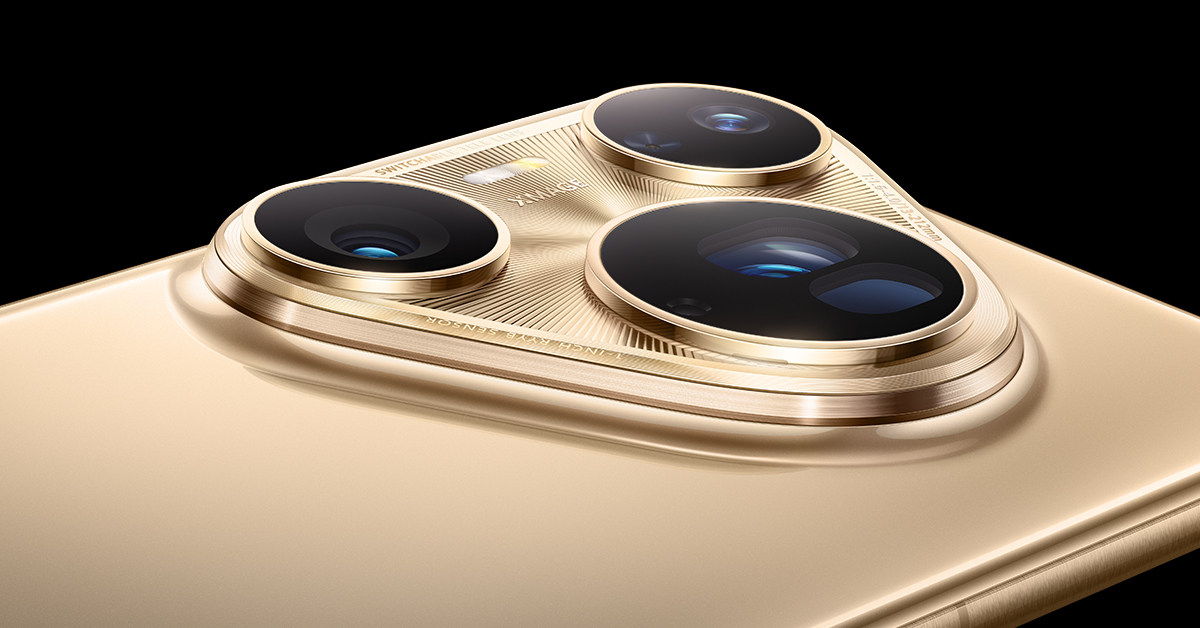Sony has unveiled the RX1R III, the latest model in its RX1R series of premium compact cameras. Designed around a fixed-lens, full-frame format, the RX1R III aims to offer professional-grade image quality in a body suited for travel and street photography. This new iteration builds on its predecessors with a high-resolution sensor, AI-assisted subject recognition, and several usability improvements.
At the heart of the RX1R III is a 61-megapixel Exmor R CMOS sensor—a back-illuminated, full-frame chip designed for detailed image capture with improved light sensitivity and dynamic range. Sony has paired the sensor with its current-generation BIONZ XR image processor, a combination already in use across several Alpha-series models. Notably, the sensor is free of an optical low-pass filter and features an anti-reflective coating, aimed at preserving fine detail and reducing ghosting.
The camera uses a fixed ZEISS Sonnar T* 35mm f/2 lens, consistent with earlier RX1R models, but now refined to perform better in tandem with the new sensor. Its macro capability allows users to focus as close as 20 centimeters, with up to 0.26x magnification. Sony also includes a “Step Crop Shooting” feature, enabling users to toggle between 35mm, 50mm, and 70mm fields of view by cropping the sensor output. These crops can be adjusted post-capture when shooting in RAW.

Autofocus and subject tracking are powered by Sony’s AI processing unit, a feature seen in its higher-end Alpha models. The system is capable of identifying not just eyes and faces but also full body movement and head positions, even when subjects are turned away from the camera. The sensor’s phase-detection autofocus system covers roughly 78% of the frame, utilizing 693 focus points.
The RX1R III supports 12 “Creative Looks,” which can be applied to both stills and video. These profiles offer a range of aesthetic presets, from muted tones to more vivid color grading, and can be fine-tuned for hue, contrast, saturation, and sharpness. While not a substitute for full manual control or post-processing, the inclusion offers a degree of flexibility for users seeking immediate stylized results.
Physically, the RX1R III retains its compact footprint, weighing in with a magnesium alloy body for durability and portability. It features a redesigned grip and top-plate layout for improved ergonomics, as well as a built-in electronic viewfinder with a 2.36 million-dot XGA OLED and 0.70x magnification. The camera uses Sony’s NP-FW50 battery, delivering up to 300 stills per charge, and includes a USB-C port that supports USB Power Delivery for charging and continuous power via external batteries.
In line with Sony’s sustainability goals, the RX1R III is manufactured in facilities powered entirely by renewable energy. The camera is packaged using recyclable materials and includes accessibility features such as a screen reader and menu magnification options, broadening usability for visually impaired users.
The RX1R III is set to launch in select Middle Eastern markets starting September 2025. Optional accessories include a dedicated thumb grip (TG-2), a leather body case (LCS-RXL), and a lens hood (LHP-1), which may appeal to those seeking added control or protection.
While the fixed lens may limit some creative flexibility, the RX1R III positions itself as a high-resolution, all-in-one camera for photographers who value portability without sacrificing image quality or advanced focus capabilities.





